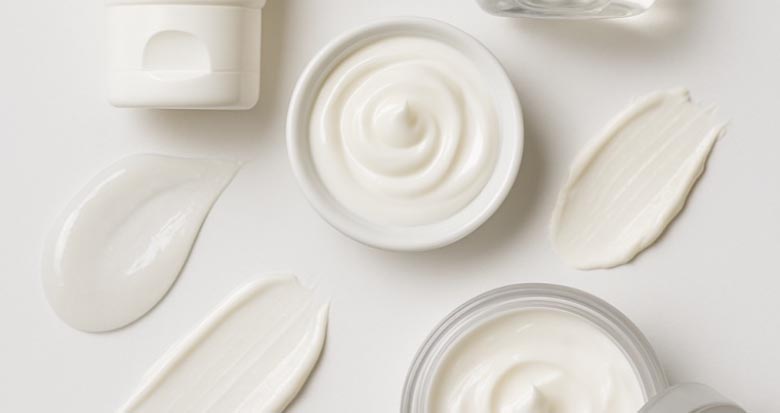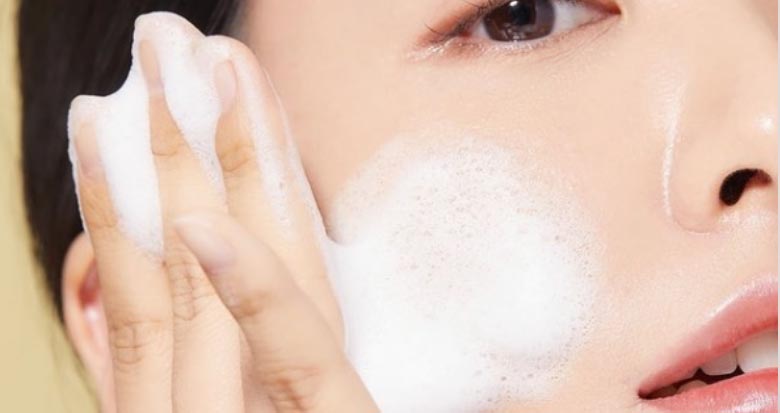Sodium Carboxymethyl Cellulose (CMC), a water-soluble cellulose derivative, has become an indispensable functional ingredient in the cosmetics industry. Recognized for its excellent rheological properties and stability, CMC plays a pivotal role in formulating a wide range of skincare products. Derived from naturally occurring cellulose, CMC aligns with current trends favoring sustainable, non-toxic, and plant-based ingredients. Its functionality spans across thickener, stabilizer, film-forming, and humectant, making it a versatile choice for cosmetic formulators worldwide.
1. Rheological Properties and Texture Enhancement
One of the primary functions of CMC in cosmetics is its ability to modify the viscosity and flow behavior of formulations. As a thickening agent, CMC is widely used in creams, lotions, and gels to create a desirable consistency that is both stable and pleasing to apply. It provides a smooth, non-greasy texture that enhances the sensory profile of cosmetic products, contributing to a luxurious and easily spreadable feel. The rheological properties of CMC is especially valuable in water-based formulations, where it can be used to maintain product uniformity without separating or settling during storage.

2. Stabilization of Emulsions and Suspensions
In emulsion-based products, such as moisturizers and sunscreens, CMC acts as an effective stabilizer. By increasing the viscosity of the aqueous phase and forming a protective colloidal matrix around oil droplets, it minimizes the risk of phase separation. This stability extends shelf life and ensures that the product retains its intended appearance and functionality.
In addition to emulsions, CMC is frequently employed in suspensions and dispersions to prevent the sedimentation of insoluble particles, pigments, or actives. For example, in exfoliating facial cleansers or products containing natural extracts or minerals, CMC maintains even distribution throughout the product lifecycle.

3. Moisturization and Skin Conditioning
CMC also serves as a humectant and skin-conditioning agent. While it does not penetrate the skin like some active moisturizers, its film-forming property allows it to create a lightweight, breathable layer on the skin’s surface. This barrier helps reduce transepidermal water loss, thereby maintaining hydration and enhancing skin smoothness.
In formulations targeting sensitive or dry skin, CMC is often included to improve moisture retention and provide a soothing, non-irritating base. It is hypoallergenic, making it suitable for products formulated for babies, individuals with reactive skin, or post-treatment skincare.

4. Film-Forming and Delivery Enhancement
CMC’s ability to form flexible and uniform films makes it an ideal ingredient in masks, peel-off products, and barrier creams. When dried on the skin, it creates a cohesive film that can trap beneficial actives, support product adhesion, or deliver a tightening effect.
Moreover, in combination with other polymers or active ingredients, CMC can enhance the deposition and delivery of cosmetic agents. It helps ensure that active compounds remain in place long enough to exert their desired effect, thereby improving the efficacy of the overall formulation.

- Regulatory and Sustainability Advantages
CMC is approved for use in cosmetic formulations by major global regulatory bodies, including the U.S. FDA and the EU Cosmetic Regulation. It is considered non-toxic, non-irritating, and biodegradable, aligning with the growing consumer demand for clean-label, eco-conscious beauty products.
SINOCMC Team
